Are moon festivals the same everywhere in Asia?
Japan
Japan has two moon festivals every year, following
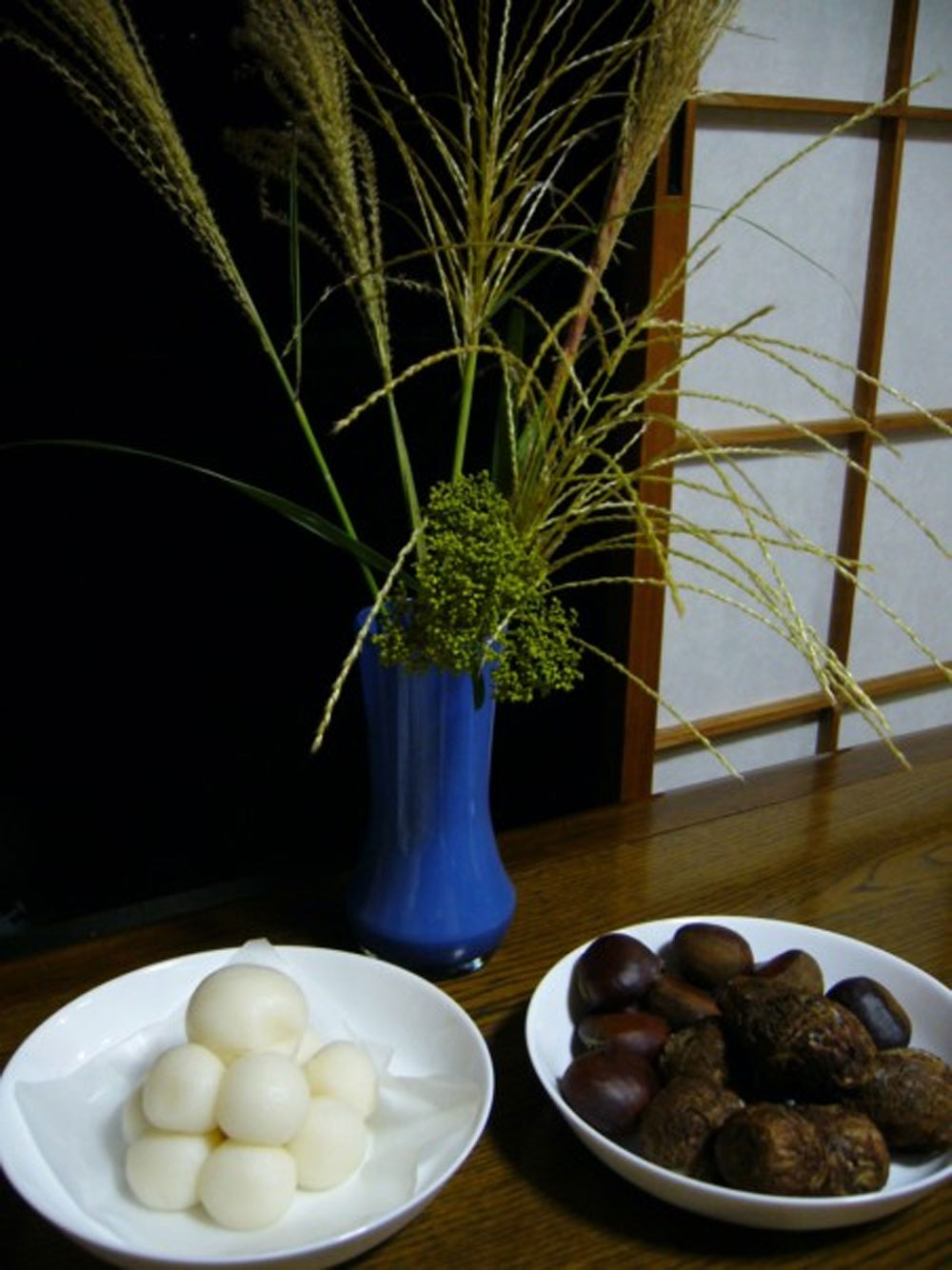 |
|
Dango cake and susuki grass. Photo courtesy of Katorisi on Wikipedia. |
In the Otsukimi festival, the Japanese often make Dango, a type of rice dumplings (mochiko). It is quite similar to mochi and is served with tea.
On the 15th day of the eighth lunar month, the Japanese personally hand mix flour with water, pound it to create that structure-builder before proceeds to baking.
Dango cake is presented with a Susuki grass vase during moon festivals. Also known as
The legend of Dango cake is traditionally passed on from one generation to the next on the full moon day of the 8th lunar month.
When the Jade Emperor descended from Heaven to Earth, he accidentally encountered a rabbit. The Jade Emperor was too hungry and asked for food, but the rabbit had nothing to give him. The bunny ended up jumping into the fire to become food for the Jade Emperor.
Touched by the generous act, the Jade Emperor brought the animal to the moon. From then on, on every full moon day of the eighth lunar month, the rabbit would make Dango cake on the moon and give to people on Earth.
South Korea
 |
|
A plate full of |
Moon Festival is not simply a celebration of
The harvest festival is considered one of the biggest and most important holidays in South Korea. It falls on August 15th in the lunar
On Chuseok, Koreans mold flours into crescent shapes. Instead of making a round cake that symbolizes full moon, Koreans believe that because crescent always becomes
Korean
According to the legend, single women who can make beautifully shaped and delicious rice cakes will meet a compatible life partner, while married women will be blessed with wonderful offsprings.
Thailand
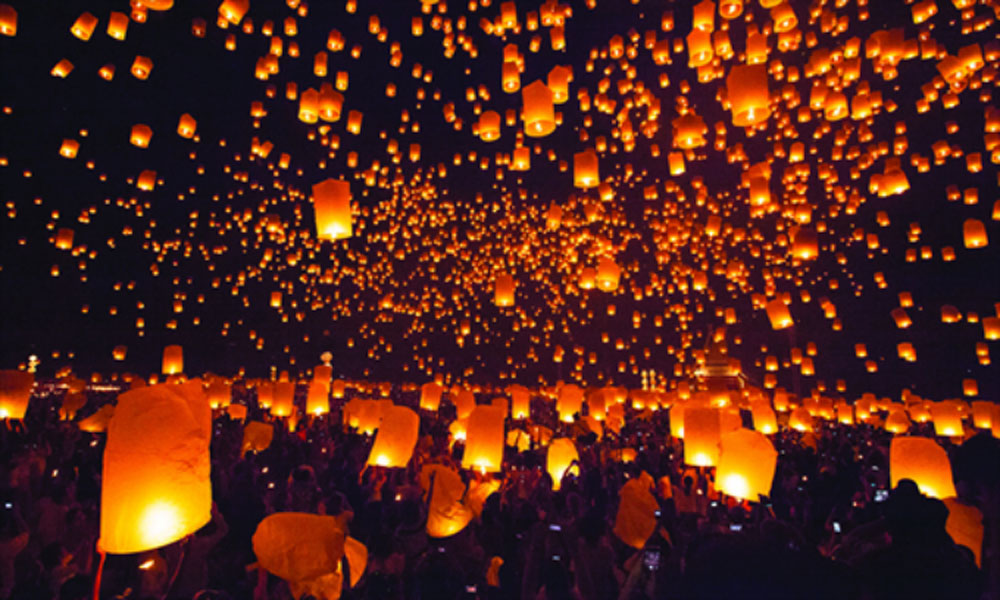 |
|
10,000 lanterns flying in Yee Peng festival, Chiang Mai, Thailand. Photo courtesy of CFP. |
The people of the land of golden temples celebrate
On the moon festival tray of tributes to the ancestors, Thai people always have pomelo fruit, which symbolizes reunion. Most Thai houses traditionally install an altar. Above the altar, a peach and
By offering the peach, Thai people believe that after the Bodhisattva of Compassion receives the peach, the Gods will bless them with good things in life. That is why moon cakes in Thailand are peach-shaped.
Today, one of the most popular
North Korea
 |
|
The fillings vary, ranging from jam, cashew nuts, to almond nuts and many more. Photo courtesy of VnExpress/Tran Thu Thuy. |
Also known as Autumn Night festival, the special occasion for North Koreans is also watching the full moon together. North Korea’s traditional sweet treat is crescent-shaped muffins made of rice flour. The stuffing varies, which can be green beans, jam, or apples. Alike other cultures that celebrate Moon Festival, North Koreans also gift one another mooncakes.
Vietnam
 |
|
Homemade |
Unlike other cultures,
One day, a banyan tree was suddenly lifted into the air in
Grilled moon cake and sticky rice moon cake are typical Moon Festival delicacy in Vietnam, which reflects a heavy influence of Chinese mooncakes. They have
Homemade mooncakes with bold designs and colors are done with artistic details and on the rise of popularity. Moon Festival to Vietnamese people is also the festival of reunion. It does not matter where everyone is, they are called home by the full moon every year.
In Vietnam, the Moon Festival or Mid-Autumn Festival this year will take place on September 24.
Source: VnExpress
 Bắc Ninh
Bắc Ninh



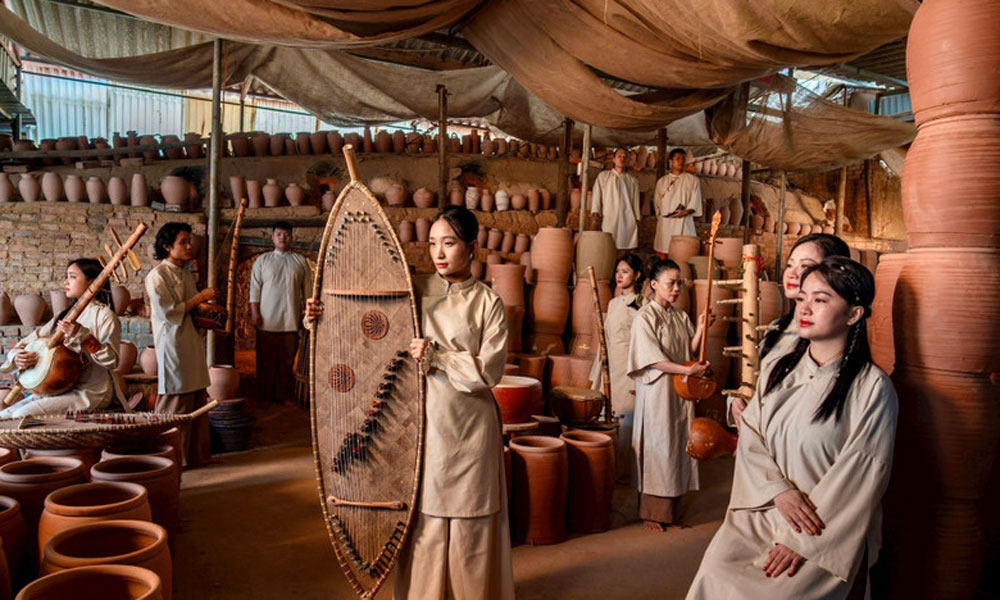
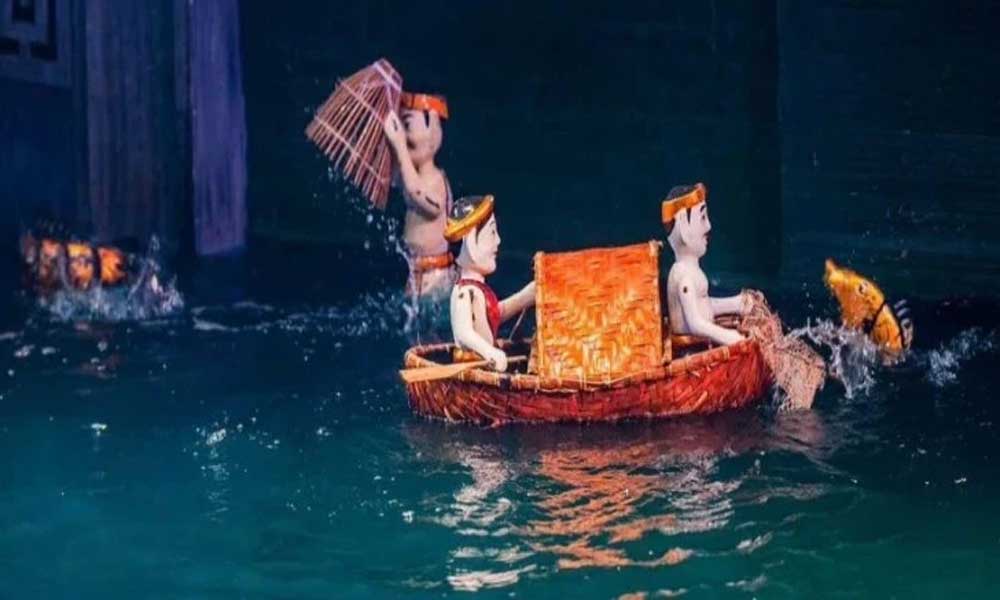
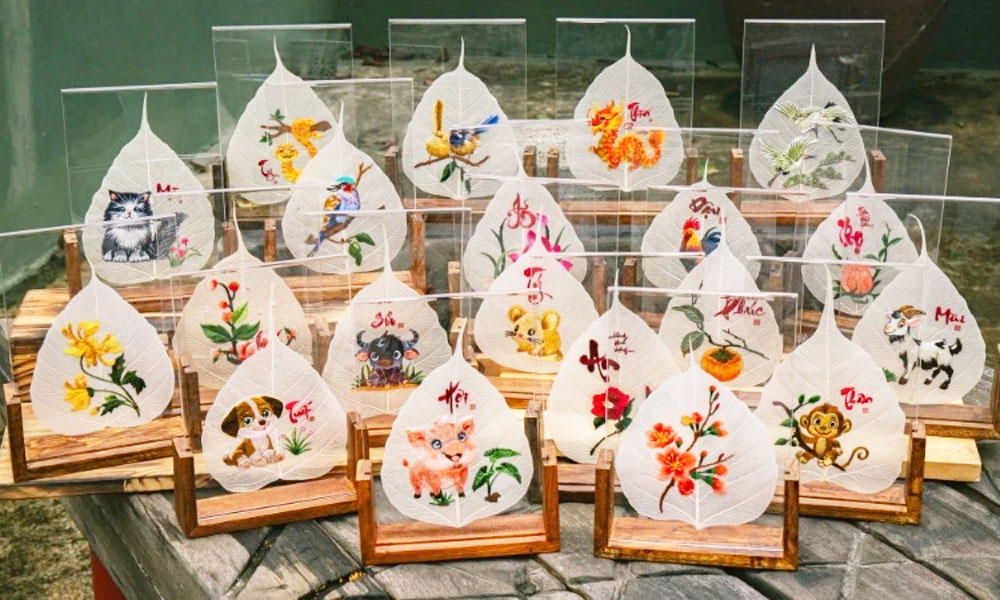


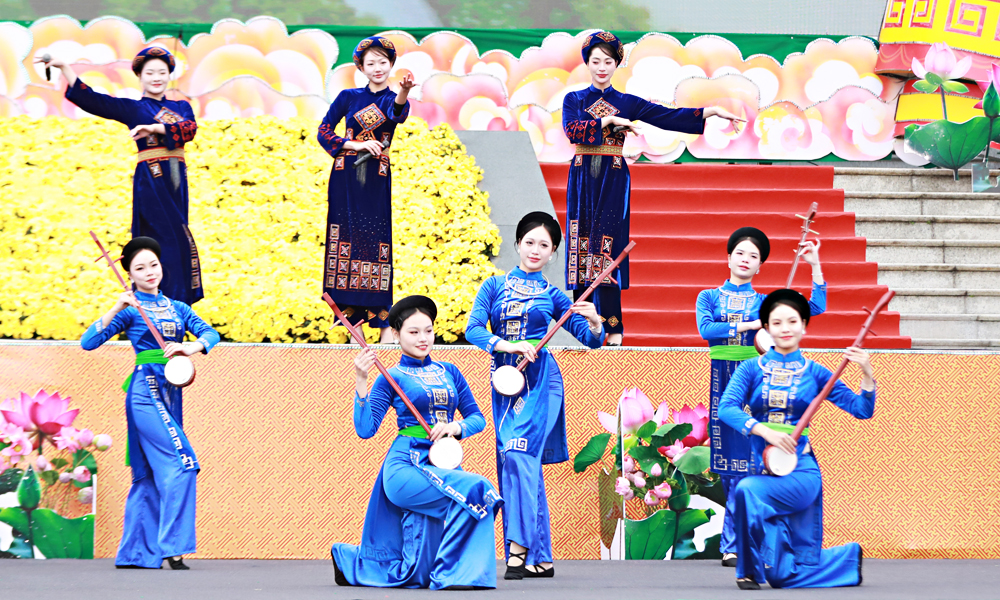
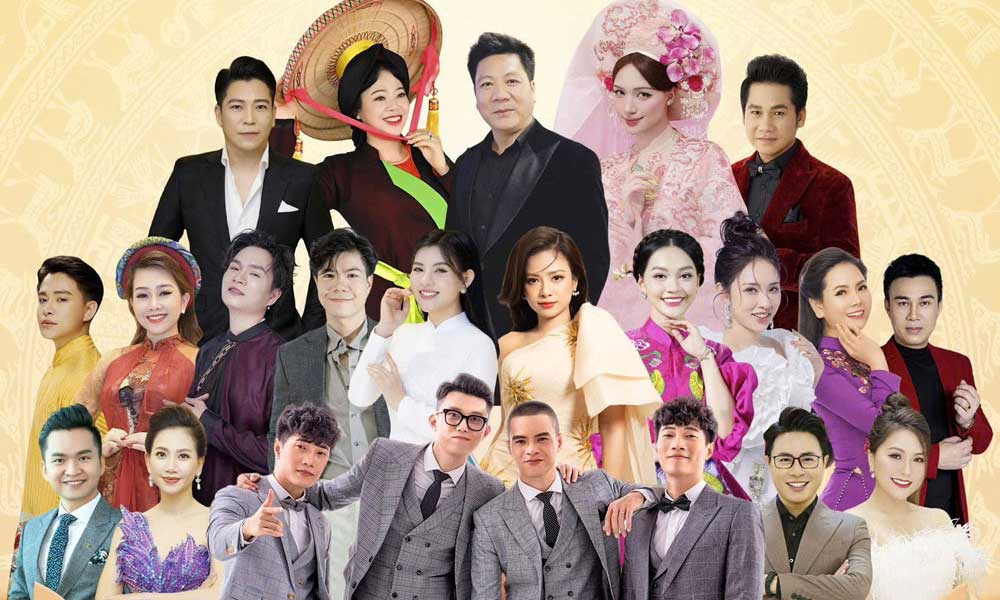
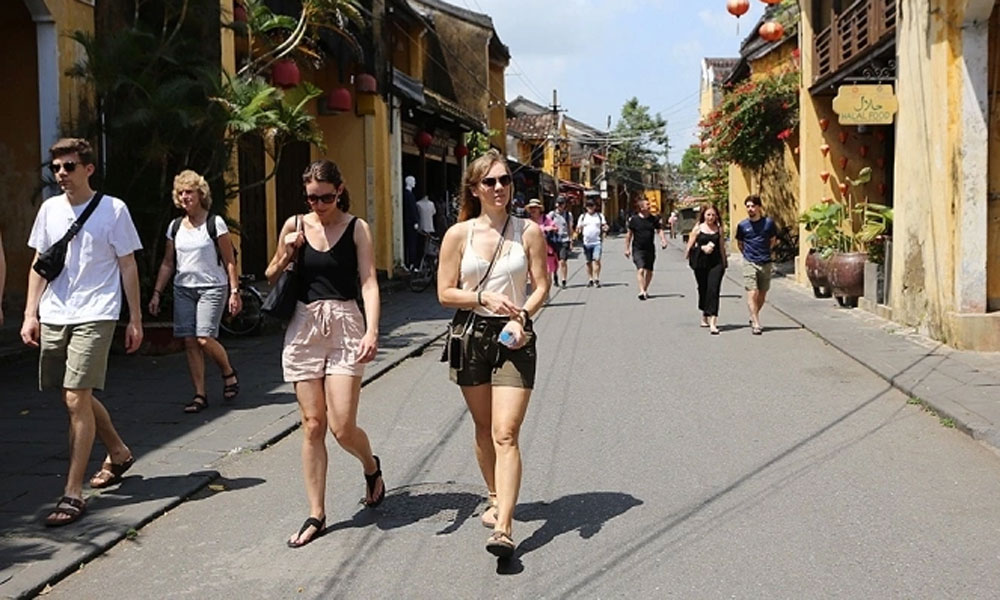

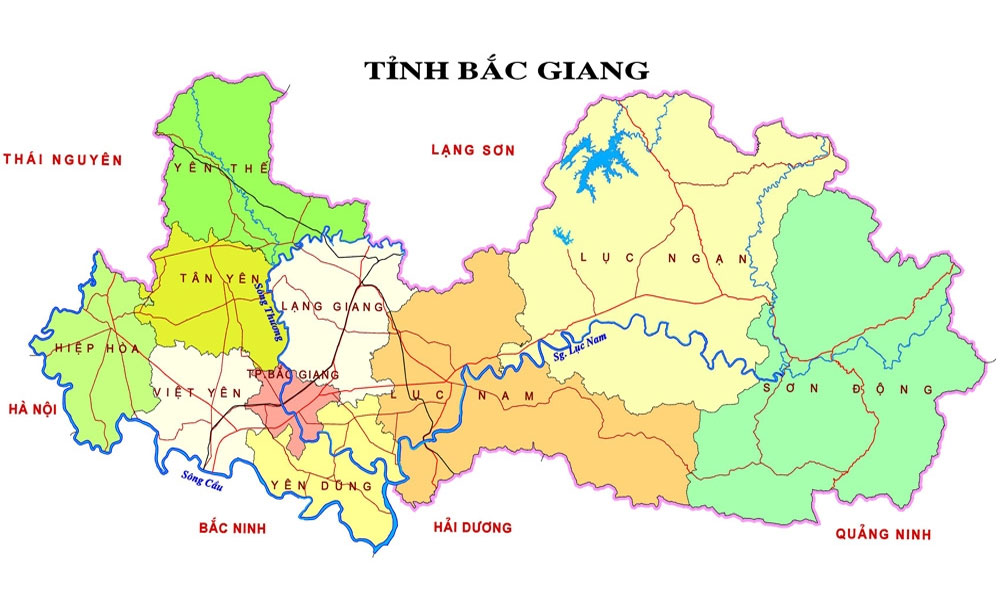

Reader's comments (0)